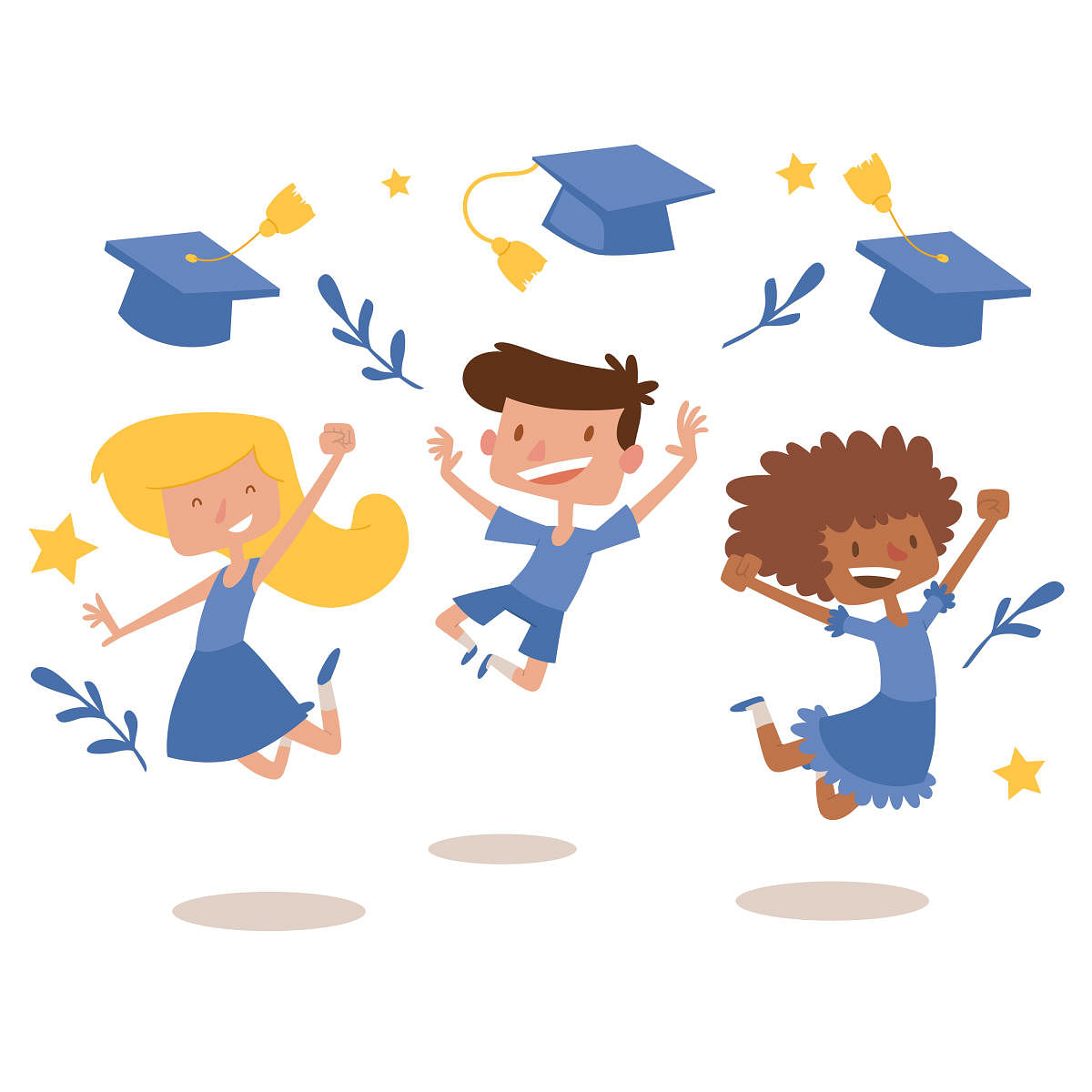According to UNICEF’s website, inclusive education “allows students of all backgrounds to learn and grow side by side, to the benefit of all.” While educational institutions may aspire to this laudable goal, being ‘inclusive’ in the broadest sense of the term, involves spirit, vision and a drive to address the diverse and unique concerns of all stakeholders.
Inclusion in school circles is typically interpreted as educating children of roughly the same age but with different abilities under one roof. But inclusion is a lot more than addressing the academic needs of children. As schools are microcosms of the larger culture, inclusion is a dynamic and multidimensional construct.
To be inclusive, in both spirit and deed, involves respecting the physical, cognitive, social, emotional, linguistic, cultural and spiritual needs of all learners in a way that embraces differences in language, socioeconomic class, religion, culture, emotional makeup and ability, both physical and cognitive.
As India is a rich, diverse and multilayered country, it is essential that educators welcome children from varying backgrounds and ability levels with openness and acceptance, making each one feel part and parcel of their alma mater.
Creating an inclusive climate
In their book, The Inclusive Education Checklist: A Self-Assessment of Best Practices, educators, Richard Villa and Jacqueline Thousand, impress upon us that inclusion is not synonymous with mainstreaming or homogenisation. In inclusive classrooms, students are, for the most part of the day and year, in “heterogenous, mixed-ability” groups.
When teachers believe that all children, regardless of their backgrounds, abilities or needs, are “valued and contributing members” of the school, they create an inclusive climate. Next, educators also maintain that all children are capable of learning and growing, albeit in myriad ways. While some children may be taken out of the general education classroom to receive specialised services for selected periods only, children spend most of their school day in the common classroom.
Of course, implementing these values and vision is a herculean task that requires collaboration, coordination and communication between multiple members. Foremost, parents need to understand the school’s mission and the learning structures and supports available for their children. The school management has to ensure that teachers and other personnel receive ongoing training and assistance, including adequate resources, to enact the vision of the school.
Traditional job functions like teachers, special educators, counsellors and therapists, which were clearly demarcated earlier, may overlap and sometimes blur as auxiliary services become an integral part of the classroom experience. Co-teaching occurs when two or more faculty members, jointly teach a class, to deliver a well-conceived curriculum while also providing “specially designed instruction” to suit the varying learning needs of students.
According to Villa and Thousand, co-teaching enhances “overall student achievement” and teachers’ well-being, while reducing behavioural infractions. Acknowledging that it takes a team to meet the diverse needs of children in inclusive classrooms reduces the onus on individual teachers. All faculty members work and problem-solve together to ensure that “high-quality differentiated instruction” is provided to a heterogenous student body.
What do we mean by “differentiated instruction”? Essentially, it is a pedagogic philosophy that recognizes that students differ in terms of linguistic, socioeconomic and cultural backgrounds, cognitive and emotional profiles and readiness levels and that teaching has to be responsive to both innate and environmental differences.
Teachers may modify “materials, learning goals, instructional methods, learning activities and what children are expected to do and produce in a classroom.” Differentiation may take place in terms of what is taught (content), how it is taught (process) and what is expected of the child (product).
Looking beyond academics
Inclusive schools also try to cater to the needs of the whole child. By getting to know a child’s strengths, areas of difficulty, aspirations, dreams and fears, educators may help children articulate learning goals for near and more distant futures. Truly inclusive setups look beyond academic disciplines to identify talents and proclivities across a range of domains. They may spot signature strengths in terms of character traits as well.
The universal design for learning approach, the mismatch and solution-finding differentiation process and the multi-tiered system of supports are established and structured processes that can aid educators in formulating and delivering appropriately tailored curricula and accommodations for children.
Students are also given more agency and autonomy in inclusive settings compared to traditional setups. Often, they are involved in chalking out their learning goals and identifying the kinds of accommodation they might need. Peer-supported learning may also be encouraged.
Socio-emotional literacy is also a key component of inclusive education, wherein faculty and students are trained on recognising their own emotional needs and those of others.
The idea of accepting and respecting those who are different from us is also inextricably woven into the culture and fabric of the school. As Villa and Thousand remind us, sustaining an inclusive culture involves a deep ‘commitment’ and “eternal vigilance.”
(The author is a freelance journalist)
